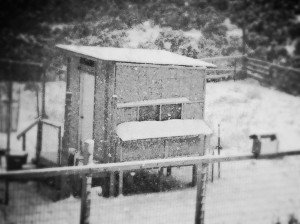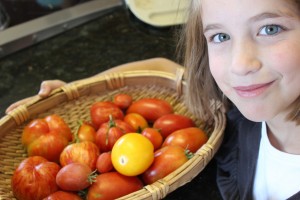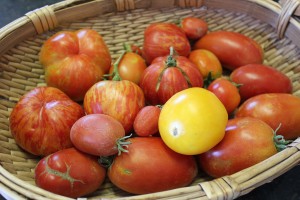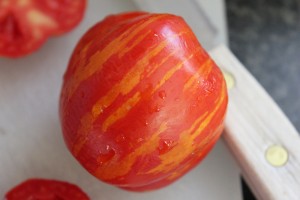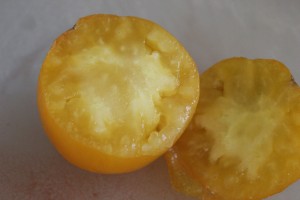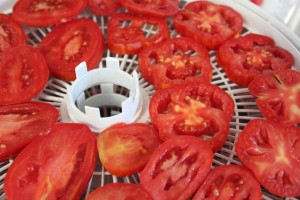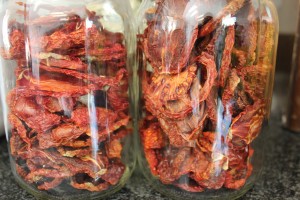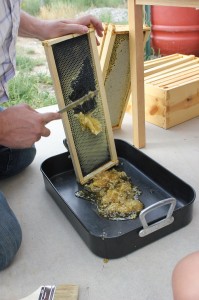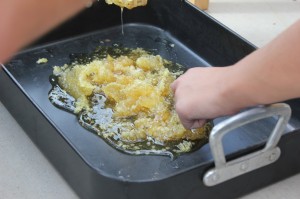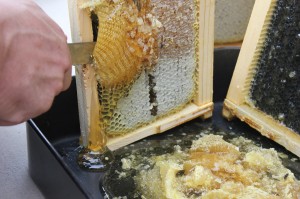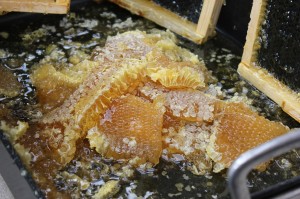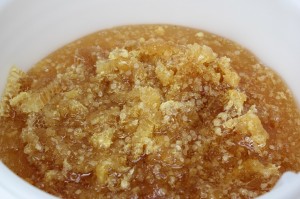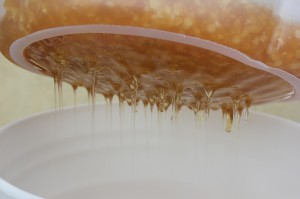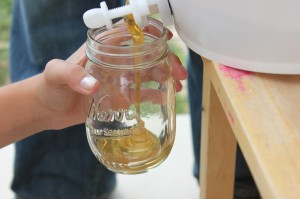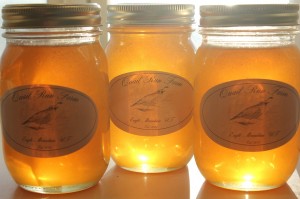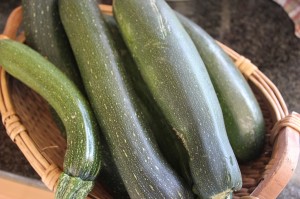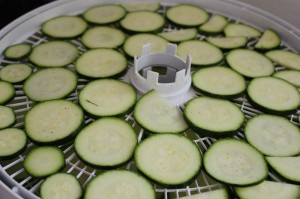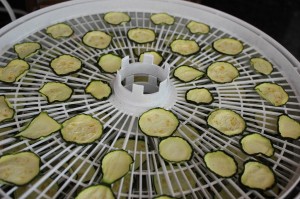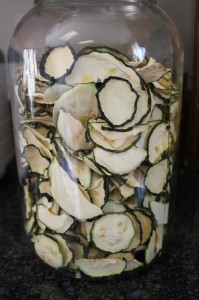At the first of the season I was gifted two jalapeño plants.
We aren’t really pepper people, but I figured it would hurt to grow some, and maybe I would get enough to make salsa or chili sauce. I then bought some regular bell peppers, just in case I could pull the salsa thing off.
Well it didn’t really work, I never got enough tomatoes the same time I got peppers to make it worth whipping up a batch of salsa, when I bottle things I go big, or go home. If I can’t make a lot, it just isn’t worth it to me.
However, that isn’t always the case for a few specialty items, things I wouldn’t want to have dozens and dozens of jars. Pepper jelly is one of those specialty items. I love pepper jelly, but we don’t eat jars at a time, a dozen lasts us well over a year, so a dozen is what I make.
I mixed two recipes from the Ball Canning Books. I didn’t make a true jelly, because I was way to lazy that day to let the pulp drip for hours to make a clear juice, it is more of a pepper jam.
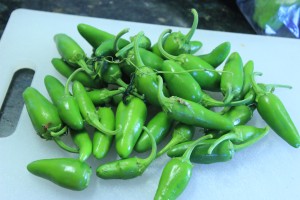 .
.
I cut and seeded my peppers, using about a two to one ratio, more bell peppers than jalapeño, while I like the kick jalapeños give, I don’t like it to be too hot. 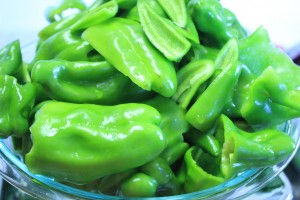
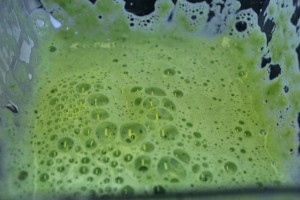
Pretty green juice, the peppers all ground up ready to add to the cooking pot, along with sugar and pectin. It looks so pretty and green, but has a little bite if you breath too deeply. 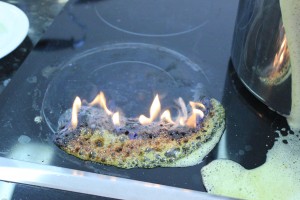
(this is what happens if you get distracted by homeschooling the kiddos and the sugar mixture boils over. I will say, a glass flat top stove makes cleaning up a mess like that a breeze) 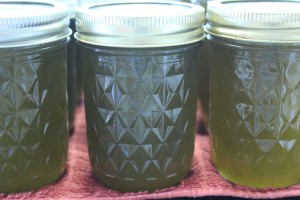 Pepper Jelly (jam) all bottled up and ready for cheese and crackers this winter.
Pepper Jelly (jam) all bottled up and ready for cheese and crackers this winter.


